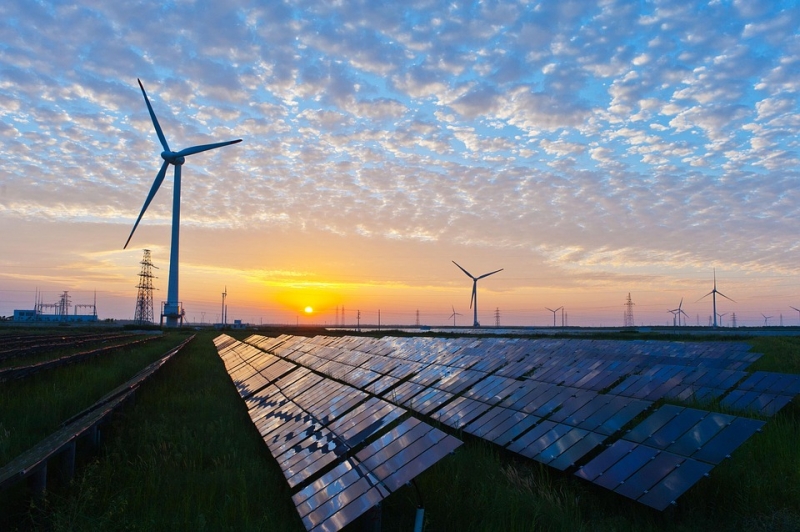Despite President Trump’s decision to withdraw the United States from the Paris Agreement, U.S. cities and states, as well as nations around the world, remain committed to addressing climate change, in many cases stepping up their efforts. But even had Trump decided otherwise, the Paris Agreement would not do enough to reduce the risk of catastrophic climate change.
 |
As global political will to mitigate climate change grows even without official U.S. leadership, thought leaders are looking into how societies can drastically reduce their dependence on fossil fuel energy generation and other processes that emit greenhouse gases (GHGs). Some see “deep decarbonization” as the only path to meeting the Paris goal of holding global warming to “well below 2° Celsius.”
The Deep Decarbonization Pathways Project is a global collaboration of research teams charting practical ways to deeply reduce GHG emissions in their own countries by the year 2050. Doing so will require a profound transformation of how energy is supplied and used around the world. But while a number of technologies and other methods are available to achieve radical reductions in GHG emissions, many involving energy efficiency, fuel switching, and decarbonized electricity, there are numerous legal impediments to implementing these technologies and methods at the necessary scale and speed. The law and the economy will need to adapt.
In Legal Pathways to Deep Decarbonization in the United States (Michael Gerrard & John Dernbach eds., ELI Press forthcoming 2018), a team of legal and policy experts seek to identify these impediments and devise ways to surmount them. The book will identify a wide range of legal pathways for reducing U.S. GHG emissions by at least 80% from 1990 levels by 2050. Policymakers and lawyers in the government, energy, and advocacy sectors can then pursue these pathways and allow clean technology and other methods to achieve their potential.
As a preview, and given the urgency for finding solutions, the July 2018 issue of ELR’s News & Analysis features the first excerpt from that book, Professor Gerrard’s Deep Decarbonization: Legal Pathways for a Massive Increase in Utility-Scale Renewable Generating Capacity. As he writes, decarbonizing the U.S. energy system will require building onshore wind, offshore wind, utility-scale solar, and associated transmission that will exceed what has been done before in the United States by many times, every year out to 2050. These facilities, together with rooftop photovoltaics and other distributed generation, are required to replace most fossil fuel generation and to help furnish the added electricity that will be needed as many uses currently employing fossil fuels (especially passenger transportation and space and water heating) are electrified. This excerpt discusses the four most important legal processes and obstacles involved in this enormous project: site acquisition and approval; NEPA; state and local approvals; and species protection laws. It also presents recommendations for lowering the obstacles and briefly discusses several corollary actions that are needed.
This month’s featured article is available for free download here.
ELI is making this featured News & Analysis article available free for download. To access all that ELR has to offer, including the full content of News & Analysis and its archive, you must have a subscription. To learn more, visit www.elr.info.
